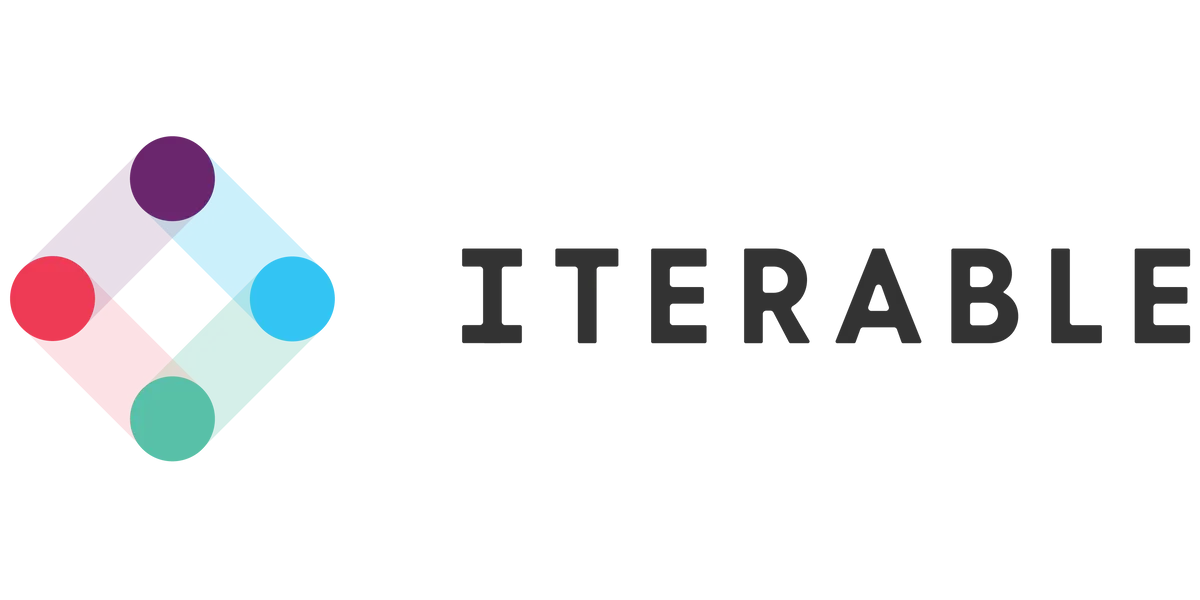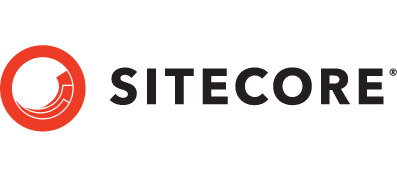More changes
You’ve probably found it impossible over the last year to avoid news headlines around data, privacy and the online tracking of individuals. Each announcement seemingly having increasing impact on the operation of the Internet and the advertising ecosystem that funds the free web.
Those that have had arguably the most impact to date would be Firefox and Apple’s crack down on cookies. While those most ominously looming would be Google’s promise to kill all third-party cookies in Chrome from 2022 (aka, the Cookiepocalypse), along with the more imminent release of new privacy updates as part of Apple’s iOS 14.5 (which you can learn more about in our eBook here).
Time to reassess
But as with most change, comes the good and the bad. Increased transparency and control over your own data are certainly positives for the individual, however it’s also worth exploring the negative impact on your business’s own customer data. With the ecosystem changing so much, it’s probably a good time to reassess the value exchange of this data, which is shifting daily thanks to the increased restrictions. This presents an ideal opportunity to take greater control over your own data and determine what is shared across all users, rather than rely solely on the machinations of tech companies who often only control a piece of the puzzle.
Start with assessing what data you’re currently sharing with advertising platforms in the execution of your campaigns and evaluate whether you need to share as much. With platforms (like Facebook) having to adopt additional constraints, the benefits of matching or modelling data have reduced significantly. Your activity may even have evolved to a point where the data you share has more benefit to the advertising platform than to yourself.
Giving your competition the edge
Many of us will have experienced a scenario where we have visited a website – like a bank – and viewed a product, such as a credit card. Then, shortly after visiting another website or a social media platform we’re presented with multiple credit card ads (and not just ones from the bank we visited).
This occurs because under most advertising platforms lengthy terms and conditions, you’ve given them permission to use your data for other advertisers, if supplemented with additional data and not used in isolation. That’s potentially a fair trade if your data is also being used for your own advanced targeting techniques. However, it’s worth being aware that engagement with your website or app may be the biggest signal of a potential customer’s intent or in-market status, and therefore not only hold the most value to the advertising platform, but also to your competitor.
What’s more, this data might not only be limited to the users visiting through a particular advertising platform. If you’re smattering tracking across websites and apps for all users, you’re also helping identify individuals who came through organically or through other paid channels.
How to take control
So if you no longer want to share this intelligence with your competition, it’s worth considering adopting selective data sharing techniques such as:
- Take complete ownership of data capture and sharing by handling user data through an independent third-party tool that can capture, store and enrich the data you collect for a user. This provides an intermediatory between your website and apps, and can be configured to only pass on the data points and users you want to permit an advertising platform to have.
A Customer Data Platform (CDP) would be a strong candidate for this, whilst other platforms such as a Data Management Platform (DMP) may also suitable. If you don’t have an existing solution that can fulfil this role, be sure to consider the importance of data independence and future states in any new selection. Carefully consider your reliance on cookies and any compromises that might come through locking your data and integrations into a single vendor stack.
- Take control of data sharing through your tag manager. Configure data sharing to only occur under certain conditions. This builds on some long-established best practice principles within the programmatic space, however it hasn’t been widely adopted with other advertising platforms, like social. How it works is rather than have an advertiser’s pixel fire on every page or action of a site/app for every user, your tag manager (eg Google Tag Manager or Tealium IQ) is configured to only fire if a user was sent through from a specific referrer. This means an advertiser can be restricted to only seeing activity for users it has been responsible for sending to your website.
The main distinction between these two options for the purpose of limiting data sharing is that the tag manager solution typically works from an enable/disable mechanism, sharing or denying capture of data at a given point. This means you have more control over when, rather than what data is collected in many scenarios, which could still lead to more data being shared than you’d like. CDP solutions on the other hand, are built with data enrichment and orchestration at their core, making them designed for greater control over what specific elements of data are passed onwards and under which granular conditions you define.
Prior to implementing any selective data sharing solutions, we recommend assessing the data based on the value it has to your own business and your own use cases. This can act as a guide to what you still need to share, and also give an indication as to the value it may have to an advertising platform or competitor.
This could also lead to nuances in rules for different types of users or actions, such as how prospect versus convertor data is handled. For many businesses, it may be preferred to share little to no data on prospects, as they are higher risk of being swept up by a competitor. However, it may be beneficial to pass data to advertising platforms once that prospect takes an action like a purchase, as it could be used to provide a larger sample size for data modelling and machine learning processes used in targeting of your own advertising. From an advertising platform and competitor perspective this data may have less value, as in many cases it’s an indication of a user being out of market, rather than in.
Whatever your situation, constant monitoring or appraisal of how you’re using data in the wild is increasingly vital to keeping ahead. If you need advice on how to undertake a data management review, we’re here to help.


















